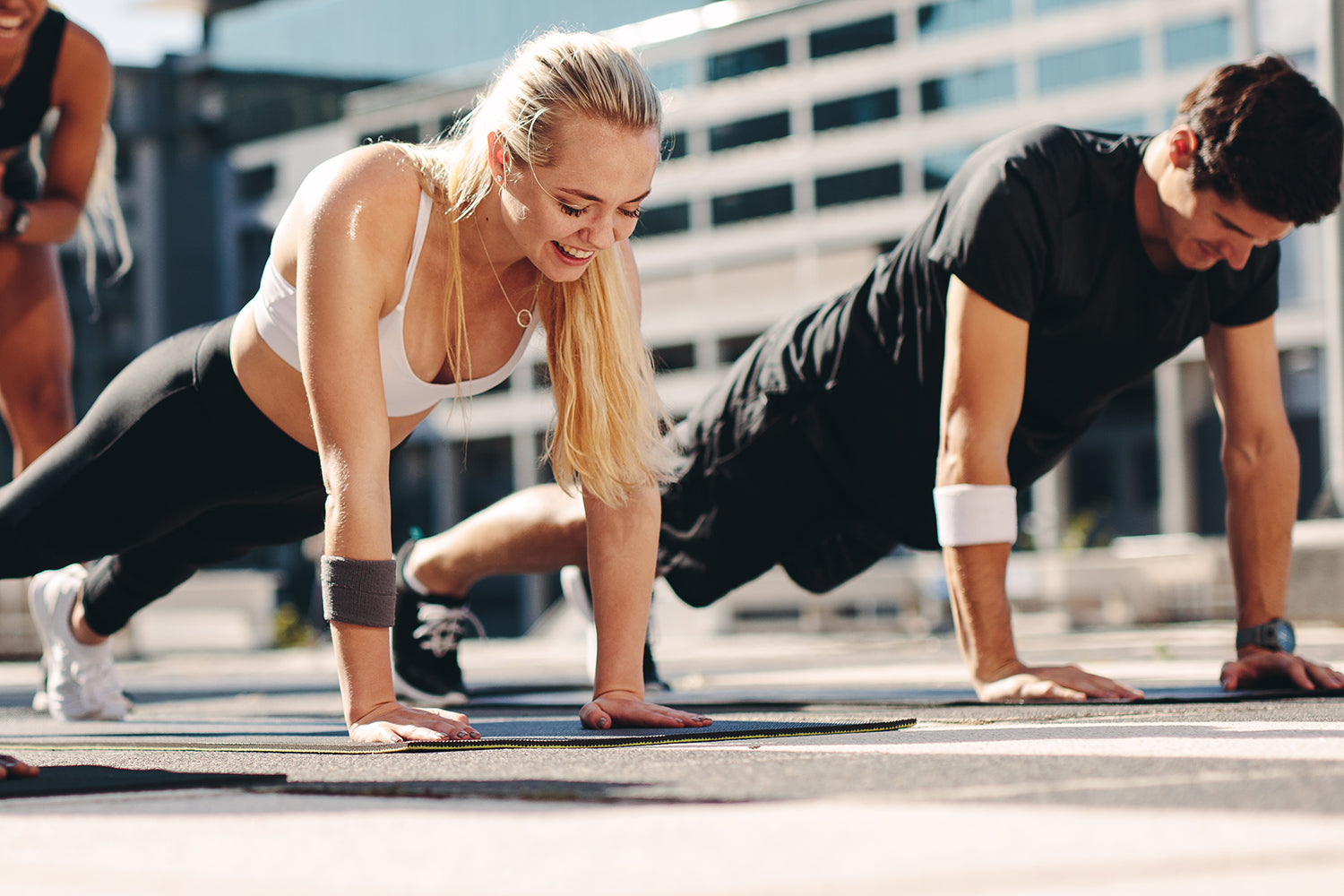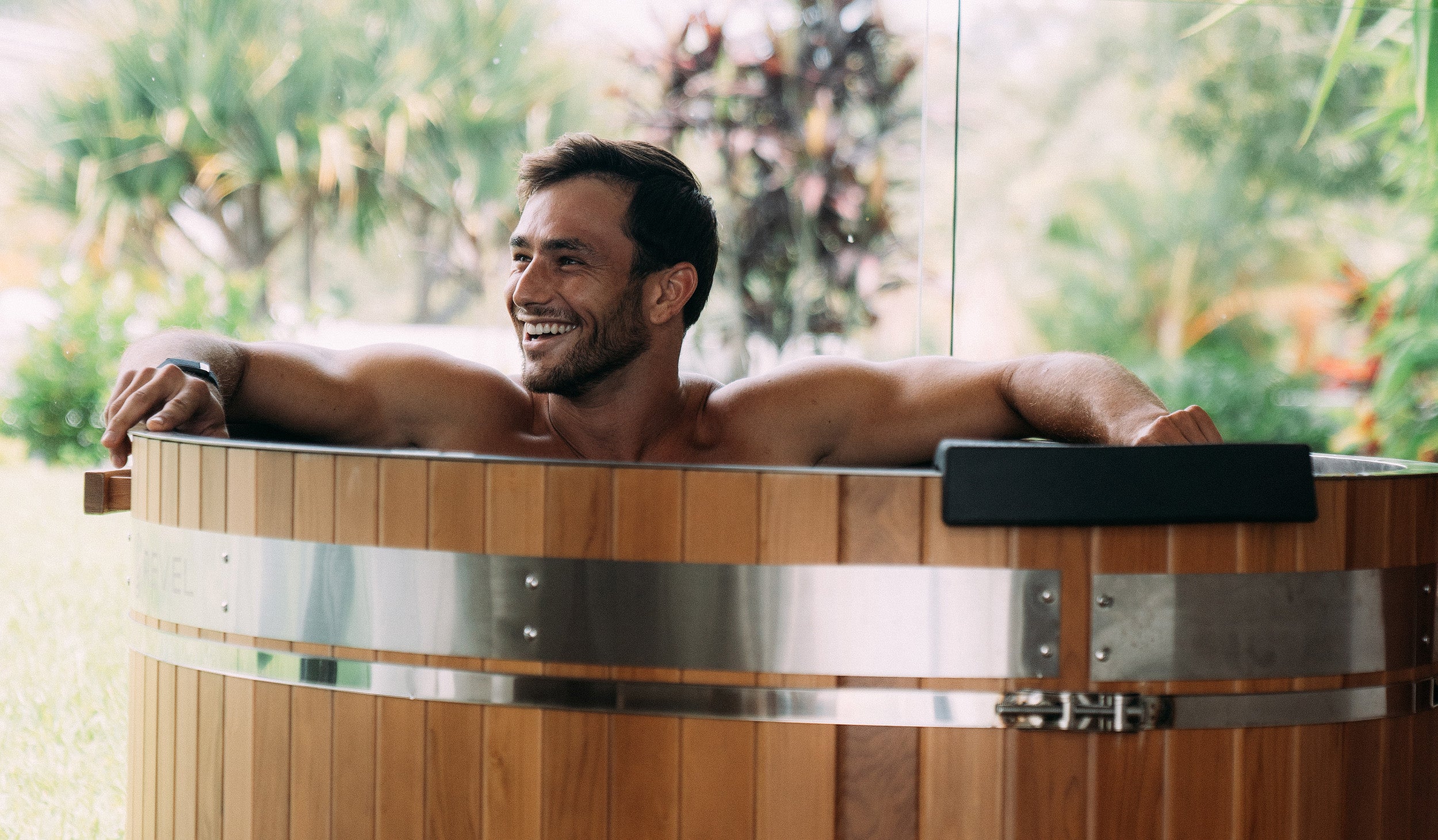Unlock your peak potential with the Revel Performance Ice Bath Protocol.
An ice bath routine designed to sharpen your mind, boost recovery, and elevate physical performance. Backed by science and trusted by elite athletes, this protocol harnesses the power of cold exposure to reduce inflammation, improve circulation, and build mental resilience. Whether you're training hard or pushing personal limits, this is your edge.
Frequency: After intense workouts.
Duration: 5-10 minutes.
Temperature: 10-15°C (50-59°F).
Best Time: Immediately post workout. Cold exposure can reduce muscle inflammation and soreness.

Prepare for your ice bath.
Ensure you are well hydrated. Consider consuming an electrolyte drink to maintain salt balance. Set up a space where you can stretch or perform light exercises post ice bath. Have your training gear or comfortable clothing ready for afterward.

The ice bath session.
Ensure the water temperature is between 10-15°C (50-59°F). Gradually immerse yourself; begin with 1-2 minutes and progressively build up to 5-10 minutes over time. Focus on calm, controlled breathing, and visualise your performance goals throughout the session.

After your ice bath.
Exit the bath slowly and dry off. Engage in dynamic stretches or light exercises to get the blood circulating and prep muscles for performance tasks. Hydrate with water or a sports drink to replenish any lost fluids. Consume a protein rich snack to aid muscle recovery.

Pre-performance routine.
Visualise your upcoming performance task, mentally rehearsing key moves or strategies. Engage in a targeted warm up related to your sport or activity. Stay mentally focused, reducing distractions and maintaining a positive mindset.

Tips for best results.
Following these protocols can optimise adaptation to ice baths, enhancing performance outcomes. Monitoring metrics in a diary helps pinpoint areas for improvement. If adverse reactions occur, adjust your ice bath routine accordingly.
Safety is paramount with ice baths; be cautious of extended durations and potential hypothermia. Before starting, consulting a sports professional or physiologist is advised, especially with health concerns or specific goals.





